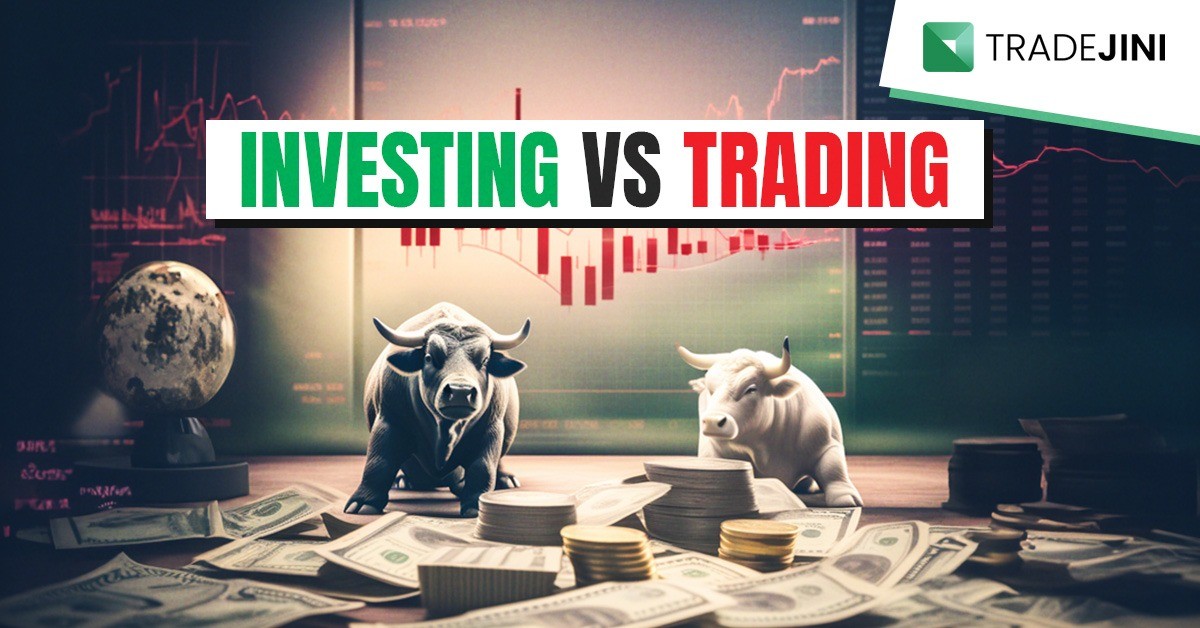Current Market Price (CMP) refers to the latest price at which a stock is being traded on the market. Unlike static figures, CMP is dynamic and changes frequently as trades occur, reflecting the real-time value of a stock.
Here's a video on Market Price vs Limit Order - Which to Choose:
What Does CMP Mean in Trading?
CMP, or Current Market Price, signifies the price at which a stock is currently bought or sold in the market. It’s a key indicator for traders as it provides insight into the stock’s present valuation based on the latest trading activity. It is essentially the price you see when you look at a stock’s value in real-time.
Factors Influencing CMP in Trading:
- Market Sentiment: Investor mood can drive stock prices up or down.
- Supply and Demand: The balance between the number of buyers and sellers affects Current Market Price (CMP).
- Company Performance: News and financial health of the company can impact stock prices.
- Economic Conditions: Broader economic factors can also play a role.
How is Current Market Price (CMP) Used in Trading?
Understanding how to use Current Market Price (CMP) effectively can enhance your trading strategy. Here are three key ways to utilize CMP, along with practical examples:
Market Orders:
Market orders are executed immediately at the current price, but the actual price may vary due to market liquidity. For example, if a stock is priced at ₹500 and you place a market order to buy 100 shares, you will likely buy the shares at or close to ₹500, depending on the market's availability of shares. This is useful when you need to quickly enter or exit a position, but the price might differ slightly due to market conditions.
Limit Orders:
Limit orders allow you to specify the price at which you want to buy or sell a stock. Imagine you want to buy shares of ABC Corp., which currently has a CMP of ₹300. You’re willing to wait for a better price, so you place a buy limit order at ₹290. If the stock’s CMP falls to ₹290 or lower, your order will be executed, and you will purchase the shares at that price or better. Conversely, if you own shares of DEF Inc., currently trading at ₹150, and you want to sell them only if the price reaches ₹160, you would place a sell limit order at ₹160. This strategy helps you target specific entry or exit prices and manage your trade more effectively.
Stop Orders:
Stop orders help manage risk by triggering trades at specified price levels. Suppose you own shares of ABC Ltd., which are currently trading at 100. To protect against a potential drop, you place a stop-loss sell order at 98. If the CMP falls to 98 or below, your stop order becomes a market order, and your shares will be sold at the best available price of around 98. This helps limit your losses if the stock’s price declines significantly. Conversely, if you anticipate that XYZLtd., currently trading at 195, will rise further, you could place a buy-stop order at 201. If the CMP rises to 201, your order will trigger, and you’ll buy the shares, potentially benefiting from the upward momentum.
Also Learn: Expiration Date in a Futures Contract: Significance, Factors to Consider & Managing Risk
The Difference between (Current Market Price) CMP and LTP (Last Traded Price)
| Aspect | LTP (Last Traded Price) | CMP (Current Market Price) |
| Definition | LTP is the price at which the last transaction in a stock occurred. | The most recent price at which a stock is currently being traded. |
| Timing | Refers to the most recent completed trade. | Reflects the current price during live trading. |
| Update Frequency | It is updated after every trade. | Continually updated during trade hours. |
| Significance | This is the price of the most recent transaction. | Displays the price at which buyers and sellers are currently exchanging. |
| Use | Used to measure recent price movements. | Used to calculate a stock's current market value. |
| Impact | It reflects past market action. | It reflects current market sentiment. |
Also Read: Square Off Trading Strategy in Stock Market
Conclusion
In essence, the Current Market Price (CMP) is the price at which a stock is currently being traded. It plays a vital role in trading strategies, whether you’re placing market orders, limit orders, or stop orders. By understanding and utilizing CMP effectively, you can enhance your trading decisions and better navigate the complexities of the stock market. Always remember that CMP reflects real-time market conditions, and staying updated with the latest CMP can help you stay ahead in your trading endeavors.



